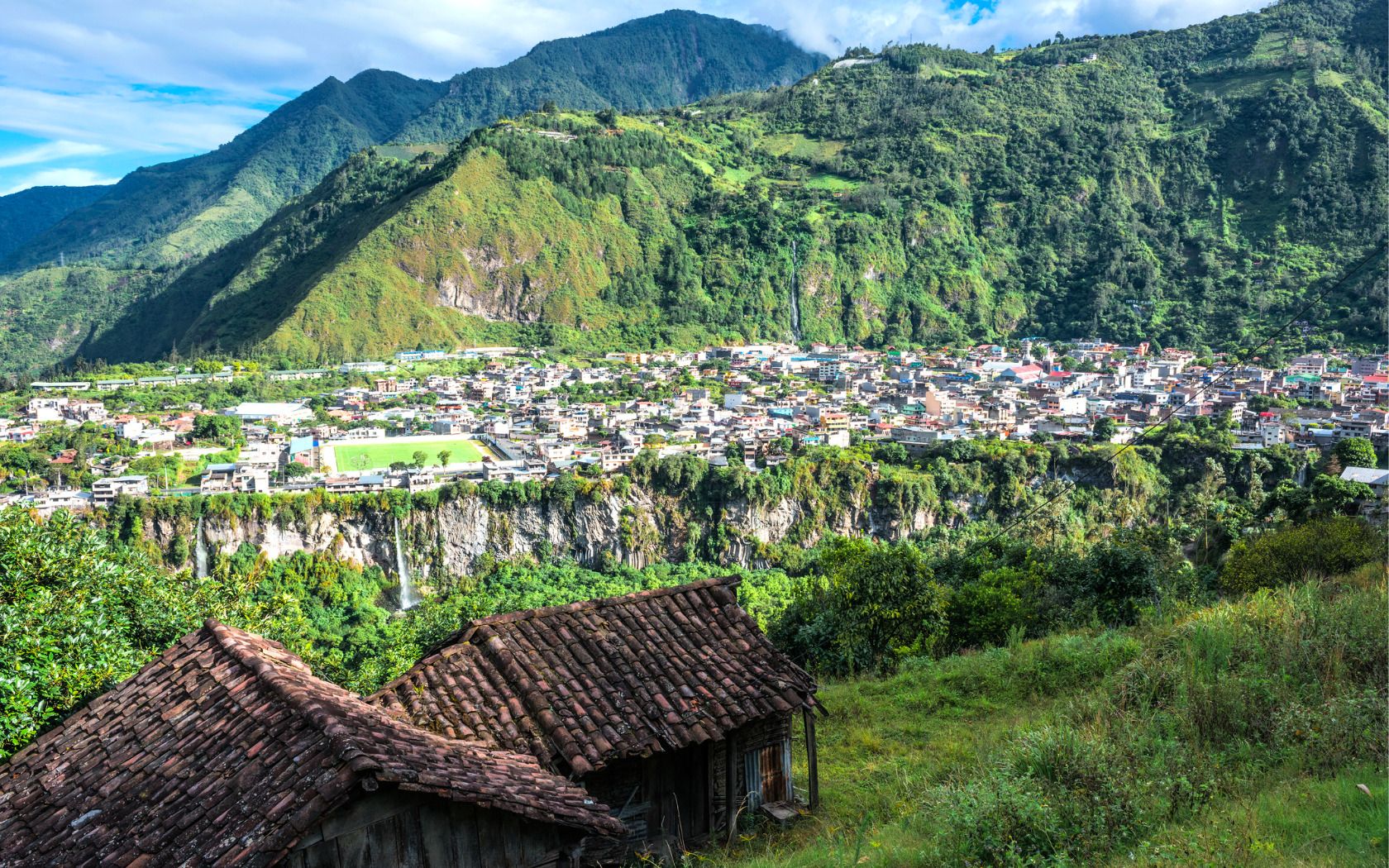Itching to get out of Quito for the weekend? Flee to the valleys south of Quito for some respite. Otherwise known as the famous ‘Avenue of Volcanoes,’ a name coined by German explorer Alexander von Humboldt, this verdant valley extends down south towards the city of Cuenca, bound on both sides by the Andes Mountains and volcanic snow-capped peaks, some dormant and some bubbling. There are numerous indigenous towns, villages and national parks to explore and you can get up close and personal with wildlife, hike to your heart’s content and generally be at one with some breathtaking nature and scenery. Here are our picks for the best sights to visit in the region.
Mount Cotopaxi National Park
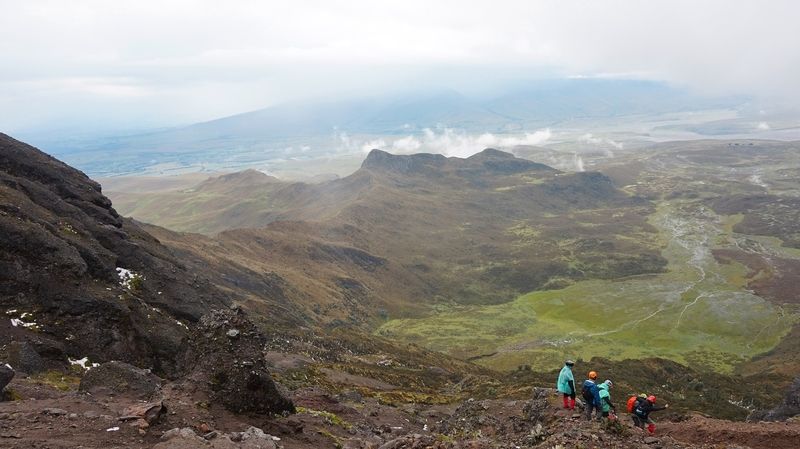
Mount Cotopaxi (literally translated as ‘Throne of the Moon’) is one of the most dominant peaks south of Quito, towering over the valleys at some 19,340 feet, and visible from the city itself on a clear day. It’s the second-highest peak in Ecuador and one of the world’s highest active volcanoes. And the surrounding Parque Nacional Cotopaxi is considered one of the most important ecologic reserves in Ecuador and a must-visit. You can bird watch at Lago Limpiopungo, go horseback riding or trek up to the first refuge José F Rivas on Mount Cotopaxi, which only takes an hour, and enjoy some seriously great views. We don’t recommend hiking to the summit unless you’re properly equipped and prepared. The entrance to the park is around a three-hour drive from Quito (longer on the bus). If you don’t have a car, you can take a bus to Machachi, that’s about an hour from Quito, and then go by truck from there. You can also spend the night in one of the local haciendas.
The colorful indigenous villages in the countryside surrounding this national park are also worth exploring, particularly on market day. Check out Saquisili on Thursdays, Latacunga on Tuesdays and Saturdays and Pujili on Wednesdays and Sundays. Unlike the more touristy Otavalo market, these markets attract hoards of locals shopping for everything, from livestock and spices to textiles and pots and pans.
Quilotoa Crater
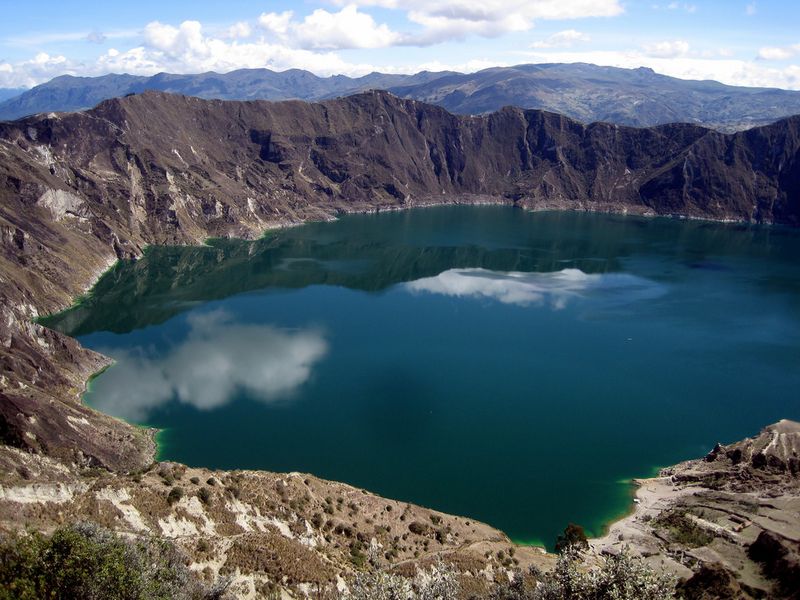
Heading west from Cotopaxi is another breathtaking natural wonder, the Quilotoa Crater, an extinct volcano. You can clamber up and peer down some 1,000 feet over jagged rocks to an amazing turquoise lake that’s the kind of turquoise color you only see on postcards and changes color with the light and clouds sweeping over it. The more adventurous can trek down into the crater to the lakeshore, where you’ll find a small indigenous village and artisan market, where you can pick up a memento from your adventure to prove your achievement. If you’re too tired or lazy to trek back out of the crater, mule rides are available to take you up.
Baños
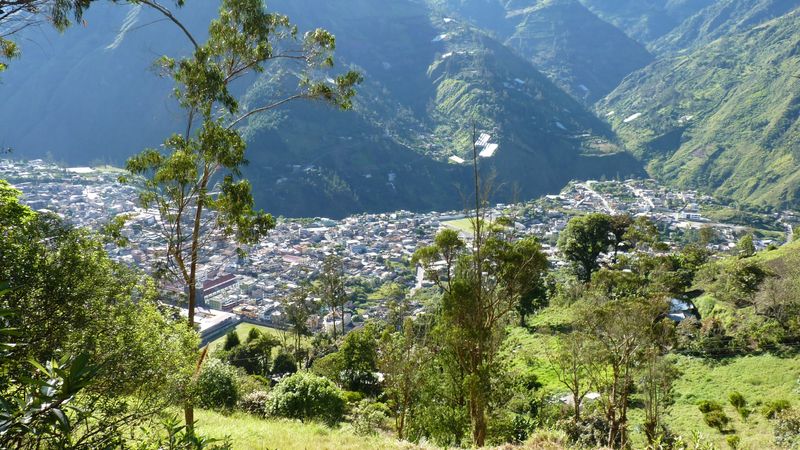
Lying south east of the Parque Nacional de Cotopaxi is the picturesque town of Baños that sits at the foot of another giant volcano Tungurahua, one of Ecuador’s most active. Depending on the weather and when you go, you might even witness some mini lava eruptions. A far cry from the hustle and bustle of Quito, the town has a very laidback vibe. It’s most famous for its impressive Basilica (that attracts many a pilgrim) and, as you might expect with a name like Baños, its thermal hot springs that come bubbling out of the side of the quietly smoldering volcano and are believed to have miracle healing powers. It’s also a hub for adventure seekers, offering a variety of tours and activities, from four-wheel-drive buggy tours to bungee jumping, mountain biking and rafting. There are also hikes of varying lengths to do in the hills above the city, including the hike to the Pailón del Diablo, an impressive 80-foot waterfall in the Rio Verde area.
Volcán Chimborazo
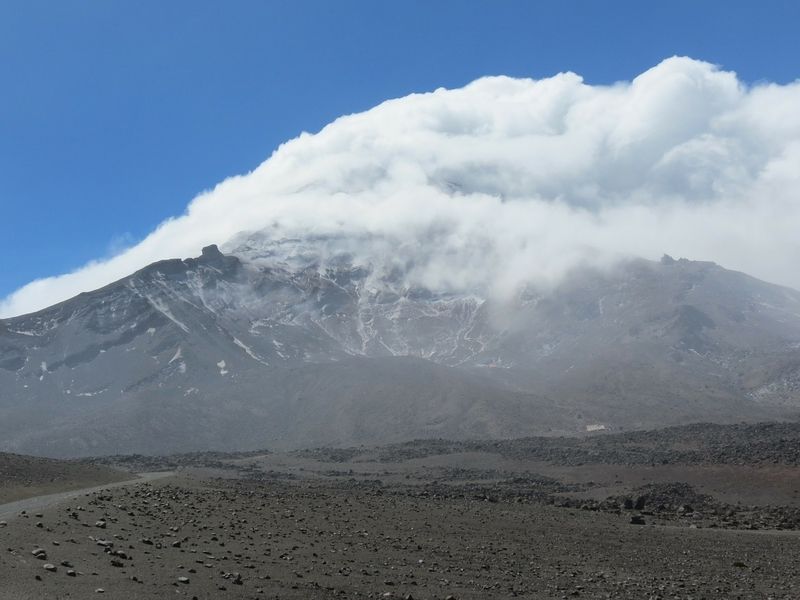
You don’t have to hike to the top to appreciate the highest peak in Ecuador that reaches a height of 20,548 feet. This now inactive volcano looms majestically over the Chimborazo Wildlife Reserve, where you can soak up the way of life in the local indigenous villages and see how many vicuñas, llamas, and alpacas you can spot out on the green plains, not forgetting all the foxes, deer and the majestic condor birds gliding overhead. If you’re lucky, you might even catch sight of a rare giant hummingbird that usually comes out in the morning. One of the most magical features in the park is the ancient polylepis forest, where the entwined trees have a mystical, prehistoric air about them.
Alausí
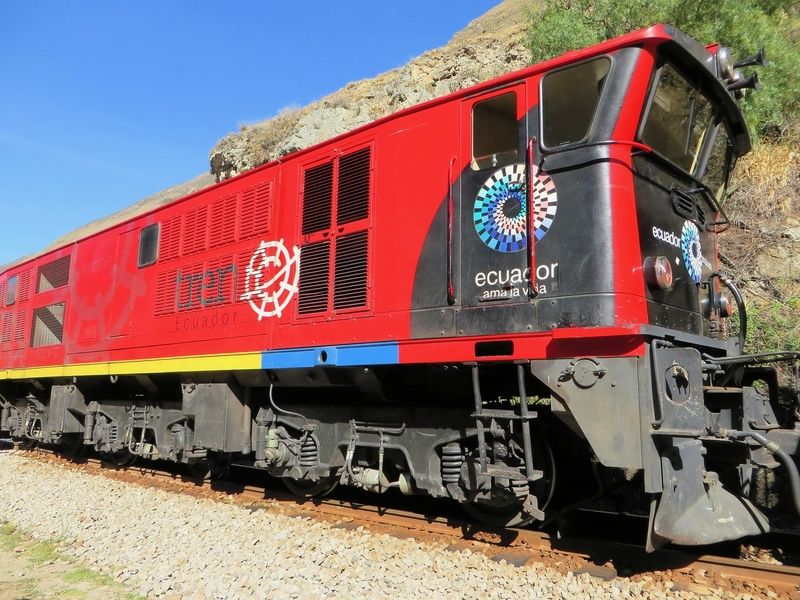
Further down the Avenue of Volcanoes towards Cuenca, Alausí is another charming, quiet little town with great mountain views that’s ideal for some chill out time. It’s also the starting point for the famous Nariz del Diablo (Devil’s Nose) train that runs between there and Sibambe. It’s a sharp zigzagging railroad built into the rock face of the Devil’s Nose Mountain that descends more than 500 meters in less than 12 km with steep ascents and descents. It remains a masterpiece of engineering to this day. The train takes around three hours one way.
Got any other good recommendations for exploring the valleys around Quito? Tell us about them in the comments section below.
Originally published on Ailola by Sophie Lloyd on September 17, 2018.
